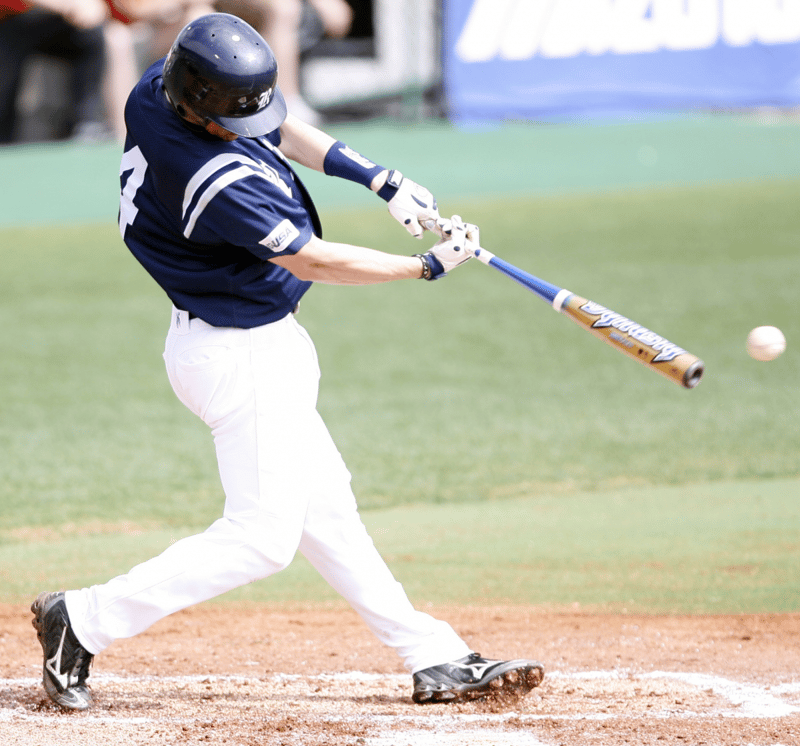
Baseball season is amongst us once again. If you’re a baseball fan, you have heard about oblique strains, perhaps one of the most frequent muscle injury in the game today. It is important to everyone playing sports, or that loves someone who does, because if you rotate, you are at risk for this injury. Even if you don’t rotate, you are at risk because a bigger part of sport is not just creating rotation, but rather stopping rotation. This injury is a tear of the internal oblique muscle from its origin on the rib or cartilage. The internal obliques are on both sides of your trunk, running diagonally from your ribs downward towards your hips. My anatomy professor used to tell us these muscles run in the same direction as how you would place your hands in your pockets.
These muscles are often strained on the deceleration portion of rotation, such as the follow through of a pitch or batter’s swing. A huge incidence exists in baseball, volleyball, and tennis because you usually are rotating from the same side – every time. Compounding this overuse situation is the strength of an athlete’s lower body, which requires you to decelerate this greater force generated on every repetition. For years, rotational sports have had a heavy “core” focus in training, and all rotational sports seem to demand a strong core. But, is that really an accurate statement?
The core exists to help transfer force efficiently, which in this case involves transferring the energy from the lower body through the trunk and often into the distal upper extremities. In athletes that rotate for a living, baseball pitchers for example, it is common to have a lower trunk stiffness, as the transfer of forces occurs through dissociation or torque – and not through straight lines. This means that in order to be very powerful in their sport they need to relax to create the whip.
Often we should be eliminating the bracing of the core by reducing the amount of ballistic/reactive training (i.e. plyos and hang cleans). We also need to be wary of doing ONLY core exercises that resist movement (anti-rotation, flexion, extension) as this ignores the function of the core in rotational movements. We only have so much time per week to train, and it needs to be maximized – and geared towards our weak links. (See Overhead Snatch Press). The athlete that depends on the stretch shortening cycle to produce force already demonstrates great elastic ability. Therefore, looking to improve other areas like force creation and application of force over time should be in the development plans.
Adding a large dose of bracing, anti-rotational exercises to the already stiff athlete, especially one that needs to be able to relax and rotate, can be a recipe for disaster.
Camp, Christopher L et al. “Decreased Hip Internal Rotation Increases the Risk of Back and Abdominal Muscle Injuries in Professional Baseball Players: Analysis of 258 Player-seasons.” The Journal of the American Academy of Orthopaedic Surgeons vol. 26,9 (2018): e198-e206. doi:10.5435/JAAOS-D-17-00223